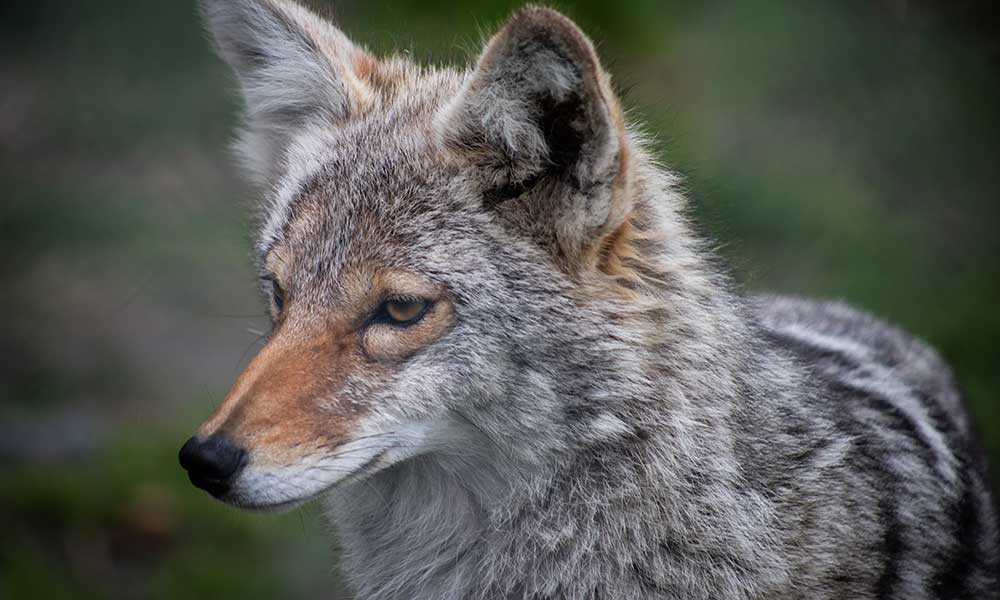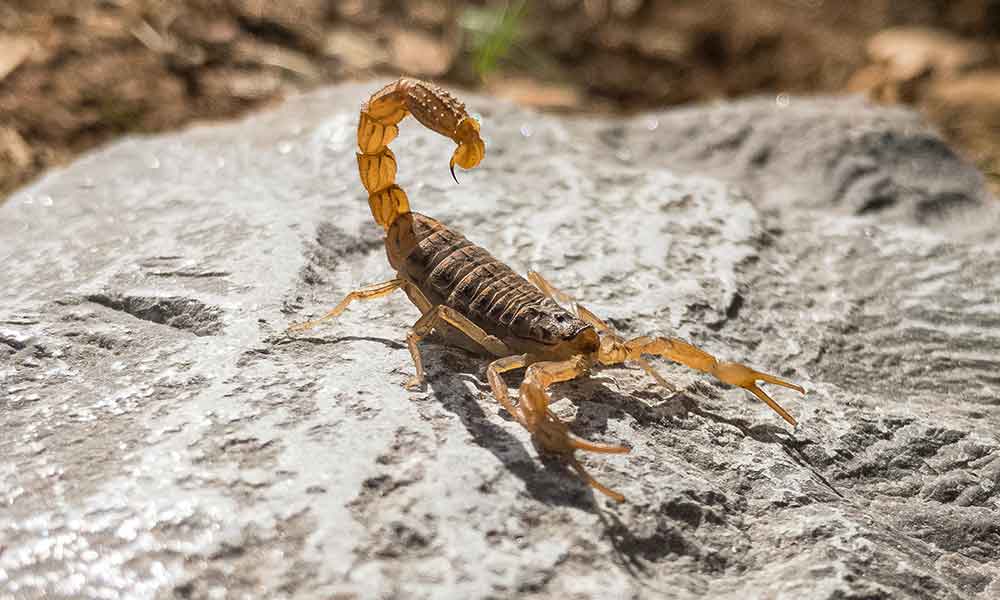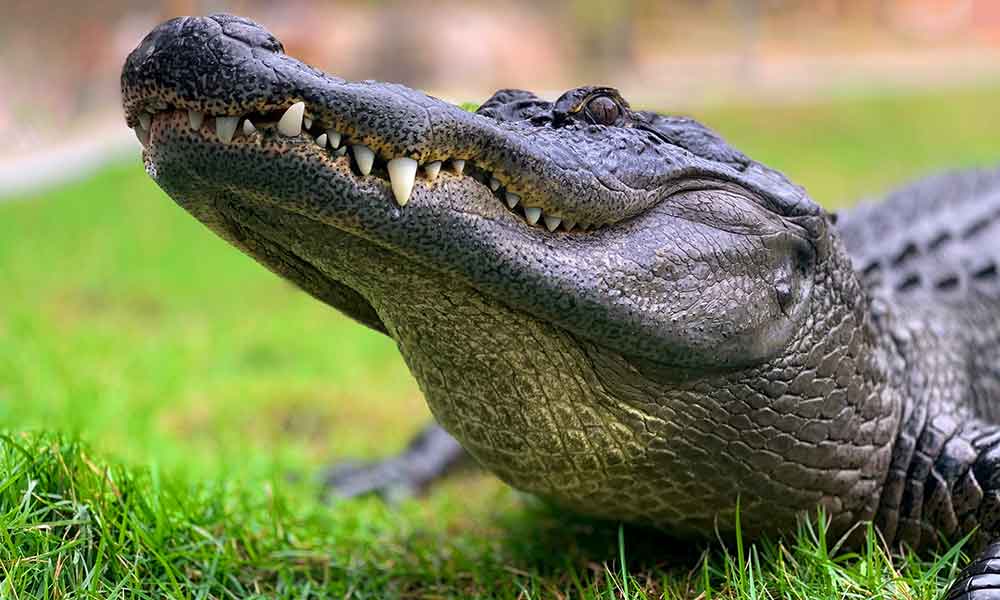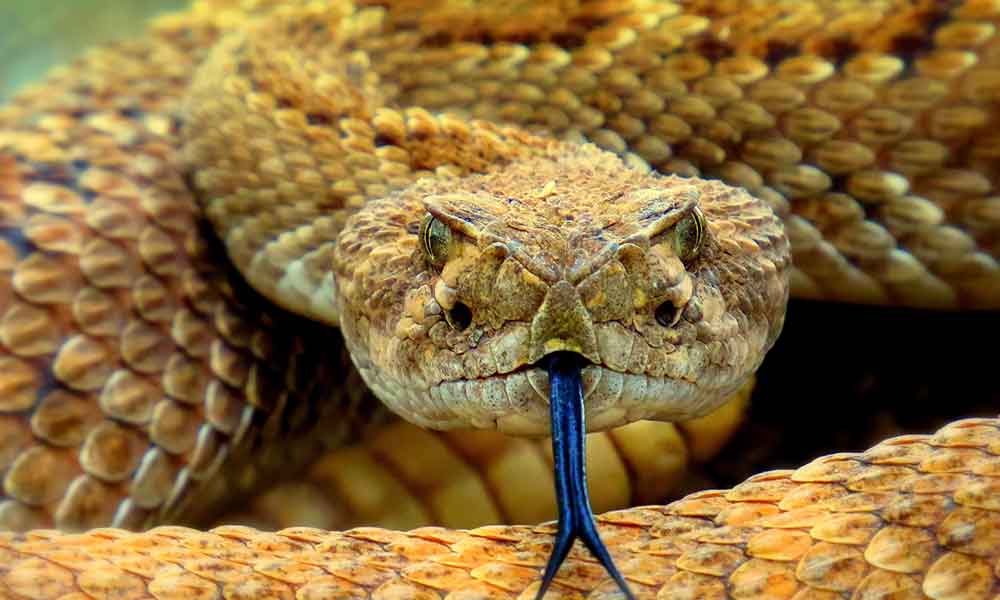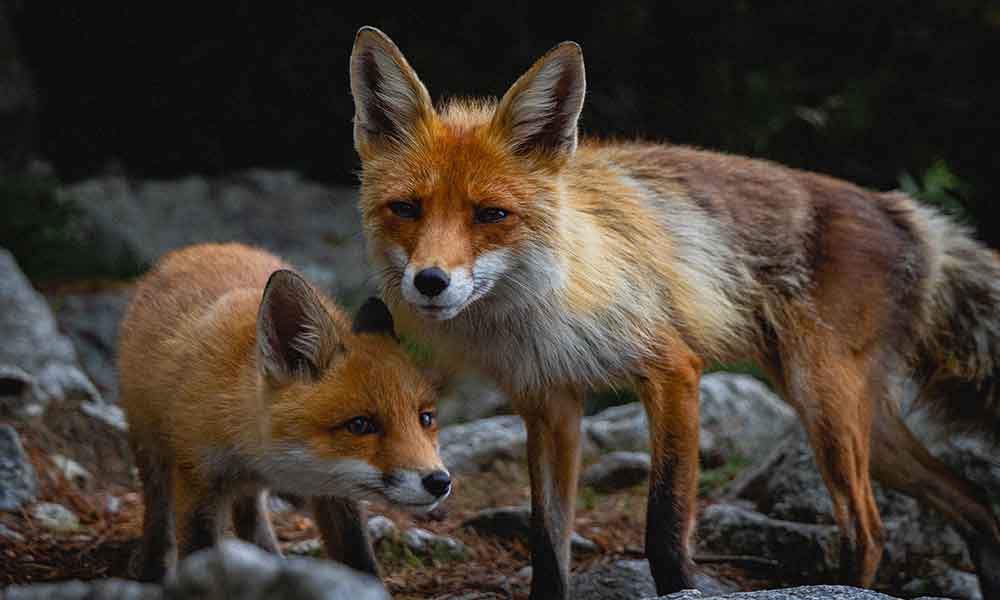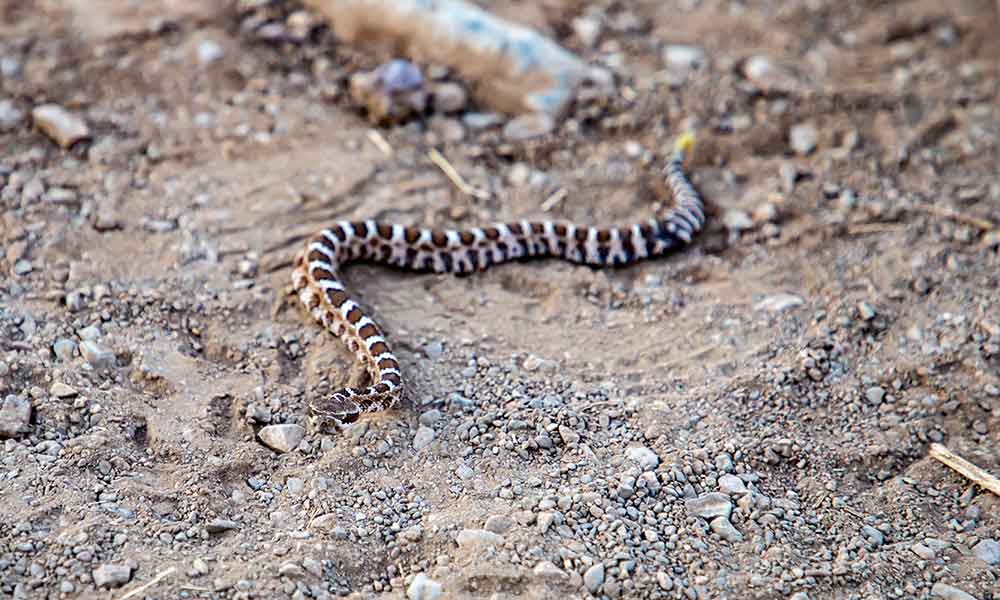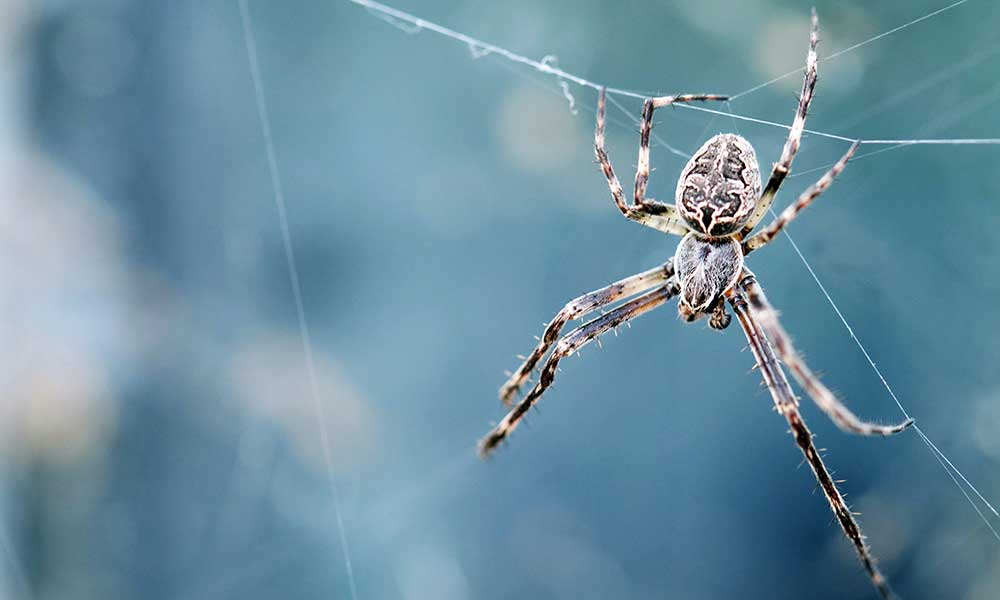Coyotes (Canis latrans) are in the Canidae family and are related to wolves, dogs, and foxes. These creatures are native to North America and there are a total of 19 subspecies.
What are the Types of Coyotes?
Of the 19 subspecies of coyotes, 6 can be found in the continent’s west, with 4 in the center and 2 in the east. The other species are in Mexico and Central America.
Western Coyotes
There are 6 types of coyotes living in the western parts of the US and Canada:
- The Northern Coyote: You can find these types of coyotes across Alaska and Canada, where they have adapted to the colder climates. They have cinnamon-colored fur.
- The Northwest Coast Coyote: A dark-furred coyote that resides in coastal areas around Washington and Oregon.
- The California Valley Coyote: A small coyote species with dark coloration and large ears. The California valley coyote lives in the Sierra Nevada.
- The Peninsula Coyote: A subspecies that lives in Baja California and has lots of black-tipped hairs on its belly.
- The San Pedro Martir Coyote: A small subspecies with a broad skull. The San Pedro Martir coyote is found in southwest California and Baja California.
- The Mountain Coyote: A coyote subspecies that lives in the northwestern US, as well as southern Alaska and Canada.
Central US Coyotes
The four species of coyotes living in the central US are:
- The Plains Coyote: Lives from central Canada to Texas. Also known as the brush wolf or prairie wolf, it thrives in the country’s pine forests and prairies and has a very pale coat.
- The Texas Plains Coyote: A medium-sized coyote with a medium-length coat. The Texas plains coyote can be found throughout the Lone Star State, as well as parts of Mexico and New Mexico.
- The Mearns Coyote: The Mearns coyote lives in New Mexico, Utah, and Arizona, as well as northern Mexico.
- Lower Rio Grande Valley Coyote: The smallest of all coyote subspecies, the lower Rio Grande coyote usually weighs no more than 30 pounds and lives in parts of southern Texas and the Mexican state of Tamaulipas.
Eastern Coyotes
Eastern coyotes are probably the most distinctive of all coyote subspecies in North America.
There are two species of eastern coyote:
- The Northeastern Coyote: Found in Saskatchewan, Ontario, Missouri, and Indiana, these coyotes have large teeth and broad skulls.
- The Southeastern Coyote: These creatures are located across parts of Arkansas, Texas, Missouri, and Kansas. They are large and strong with short muzzles, short ears, and a red tinge to their fur.
Central American Coyotes
The introduction of coyotes to Central America seems to have happened fairly recently. There are seven subspecies of this creature living in Mexico and Central America:
- The Mexican Coyote: The Mexican coyote lives in Puebla, Oaxaca, and Veracruz.
- The Durango Coyote: Can be found in multiple Mexican states, including Durango, Sinaloa, Sonora, and Chihuahua.
- The Tiburon Island Coyote: This coyote has a large skull and ears, as well as a strong jaw. It lives on Tiburon Island.
- The Salvador Coyote: Salvador coyote populations can be found in the Cerro Mogote region, as well as parts of Panama.
- The Belize Coyote: The Belize coyote lives in parts of El Salvador, Mexico, and Guatemala.
- The Colima Coyote: Lives along the coastal regions of Mexico.
- The Honduras Coyote: A small species of coyote that lives in Tegucigalpa, the capital city of Honduras.
What are the 19 Types of Coyotes?
We listed all of the 19 types of coyotes above. These animals are spread across the Americas, with most in North America.
What is the Biggest Type of Coyote?
The biggest subspecies of coyote is the southeastern coyote, but northern coyotes are usually bigger than their southern counterparts.
The largest coyote ever found was nearly 5 feet long and weighed 75 pounds. It was discovered in Wyoming on November 18, 1937.
What Do Coyotes Eat?
Coyotes are carnivores, and they eat medium and small animals. Their diet varies by subspecies, but this has more to do with location, habitat, and access to food than physiology.
Coyotes hunt in packs to bring down deer and also hunt alone to feed on small rodents and rabbits. They have been known to attack, kill, and eat pets (mainly dogs and cats) and are very territorial. If you live near coyote country and own pets, make sure you don’t let them run free during the night and always keep them on a tight leash during walks.
If fresh food is in short supply, coyotes may venture closer to human habitats to feed on garbage and roadkill.
Although they are fierce hunters, coyotes are also relatively small when compared to some other wild animals exploring the American wilderness. As a result, they can become prey themselves and may be targeted by wolves, grizzly bears, black bears, and mountain lions.
Young coyotes are more at risk and can even become prey for golden eagles.
As with most wild animals, the biggest threat to coyotes is humans. Coyotes are hunted for their fur and for sport. They are also killed as a way of controlling their populations and keeping them away from pets and livestock.
Do Coyotes Attack Humans?
Over the past few decades, there have only been a few hundred reports of coyote attacks on humans. Only two of these were fatal and one of them was a small child (children are particularly vulnerable to wild animal attacks as they look more like prey).
Although it’s important to keep your wits about you and learn how to act when a coyote is near, the risk is surprisingly low. If you encounter a coyote on the trail or in your garden, just treat it like a large and aggressive dog. If you stand firm, maintain eye contact, wave your arms, and shout, it should get scared and run away.
If you have any small pets or children with you, pick them up and keep them close.
To a coyote, humans are big, scary, and unpredictable. We’re also not easy targets, and so even if they are very hungry they will leave and look elsewhere.
Summary: The Types of Coyotes
There are 19 subspecies of coyotes in the Americas and many of these are spread across the US, Mexico, and Canada. These canines can be found in 49 states and there are hundreds and thousands of them in total.
In other words, there’s a good chance that you will venture near to one or more coyotes during a dog walk, hike, or climb. But as they are generally fearful of humans and only hunt at night, the odds of encountering one are slim.

